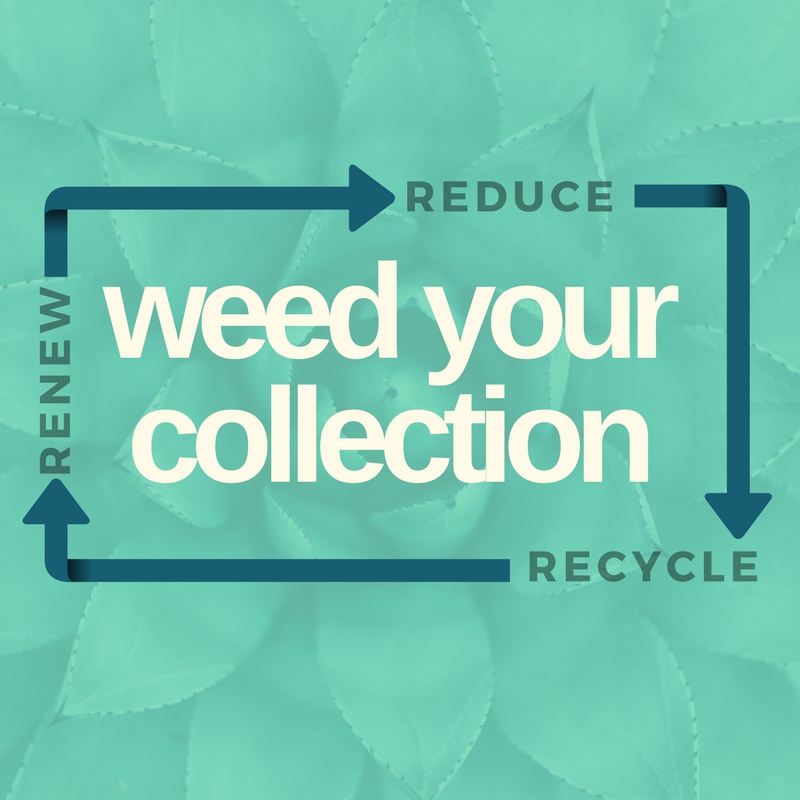Weeding is an important process for all libraries to undertake to ensure their collections are

suitable, balanced, relevant, and current. A Weeding Policy should be included as part of a larger Library Policy and may appear in a Collection Development and Collection Management Policy, so the intent, guidelines, and procedures are clearly outlined. Without a clear policy, TLs run the risk of harsh criticism from the wider community who may have a limited understanding of the role and importance of weeding. Weeding aims to tidy-up the collection, so that the library does not offer dangerous or misleading information (Baumbach and Miller, 2006). It also makes it easier to conduct mapping activities to determine gaps in the collection and directs future collection development (Western Australian School Library Association [WASLA], 2013). Additionally, weeding ensures resources are appealing and appropriate for reading needs, levels and interests. Poorly maintained collections do not meet the vision or mission of school libraries because they make resource selection difficult and limited. Therefore, regular weeding must occur throughout the school year and with particular criteria to direct the weeding. Texas State Library and Archive Commission created the CREW (Continuous Review, Evaluation and Weeding) method, which involves evaluating resources according to their publication date, last use and the condition (Larson, 2012). They also highlight the benefits including; saving space and time, making the collection more appealing, enhancing the reputation of the library, meeting needs, and identifying the strengths and weaknesses of the collection (Larson, 2012). Additional criteria include the MUSTY or MUSTIE test; Misleading, Ugly, Superseded, Trivial, Your collection has no use for it/Irrelevant to your context, easily obtained Elsewhere (debmille, 2011; Larson, 2012). Further to this, libraries should develop a clear set of goals they would like to accomplish with the weeding process and all people involved should have a clear and consistent vision and thorough understanding of the needs of students and the wider school community.
References
Baumbach, D. J., & Miller, L. L. (2006). Less is more: A practical guide to weeding school library collections. Retrieved from https://ebookcentral-proquest-com.ezproxy.csu.edu.au
debmille. (2011). Weeding not just for gardens [Slideshare]. Retrieved from http://www.slideshare.net/debmille/weeding-not-just-for-gardens
Larson, J. (2012). CREWing children’s materials. In CREW: A weeding manual for modern libraries, (pp. 33-36), Austin, TX: Texas State Library and Archives Commission.
Western Australian School Library Association. (2013). Weeding: The why, the how and the when. Library Officer’s Day [PowerPoint slides]. Retrieved from http://www.wasla.asn.au/wp-content/uploads/Weeding-2013.pdf
[Forum Reflection: Module 5.2]